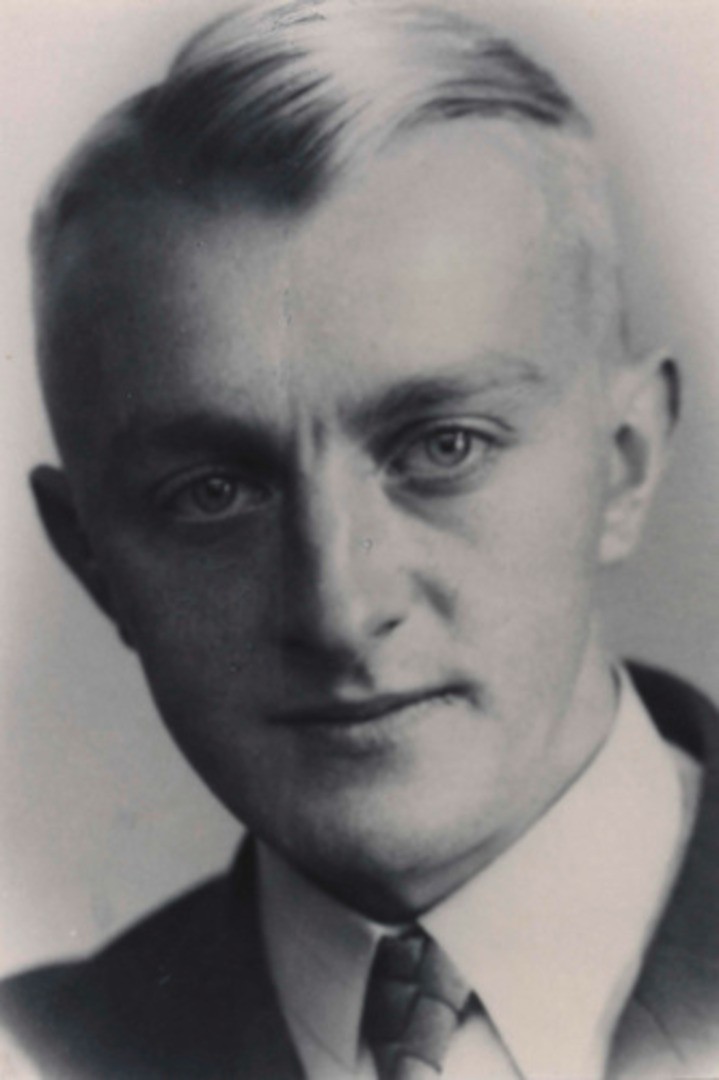Jan Harmens Welfing was born on 19 May 1920 in Duurswoude (now Wijnjewoude) and grew up in Hemrik. As a young man, he worked as a house painter, but during the occupation he joined the Binnenlandse Strijdkrachten (BS), the armed resistance against the Nazis. His ideals of freedom and justice ultimately cost him his life.
On 14 April 1945, the day Opsterland was liberated, dramatic events took place in and around Ureterp. In Ureterp, the BS had taken control. Early in the morning, a group of about 45 German soldiers and their Dutch accomplices had entered the village. This was shortly after two Frisian resistance fighters elsewhere in the region had already become involved in a fatal firefight. The German soldiers were approached by a BS member in the early morning, and shots were fired. It has never been clear who fired first. A fierce firefight ensued between the German troops and twelve BS members, who had entrenched themselves in and around the village.
Several resistance fighters were killed during these battles, including Jan. He was only 24 years old. Other BS members, such as Aalzen de Jager (45), Jan Lammert van der Broek (40), Jacobus ten Berge and Jan Visser (25) also lost their lives. The violence was intense: armoured vehicles were deployed and grenades exploded in the streets. Residents hid in cellars while the battle raged through the village. The occupiers took civilians prisoner, including the Veenstra family. One of them, Durk Veenstra, narrowly escaped execution when a German soldier sent him to fetch the horses – the Canadian army was on its way, after all. While he was looking for a horse, two units of the B Squadron Royal Canadian Dragoons reached the edge of the village.
Within ten to twenty minutes, the Canadian forces had cleared the village. The Royal Canadian Dragoons took 30 men prisoner. At least four German soldiers were killed and nine wounded, one of which later died.
Jan did not live to see this liberation. His body was later identified, but the engagement ring he was wearing was never found. His fiancée searched for days, but to no avail.
Jan was buried in the cemetery in his hometown of Wijnjewoude. He shares his grave with his younger brother Jentje, who five months earlier, while fleeing German forces, ended up in the canal in the pitch dark with his bicycle and drowned. He was on his way from Hemrik to a hiding place at a farmer's house in Terwispel.
In memory of Jan's courage and the struggle for freedom that cost him his life, a street has been named after him: the Welfingstrjitte in Wijnjewoude.
